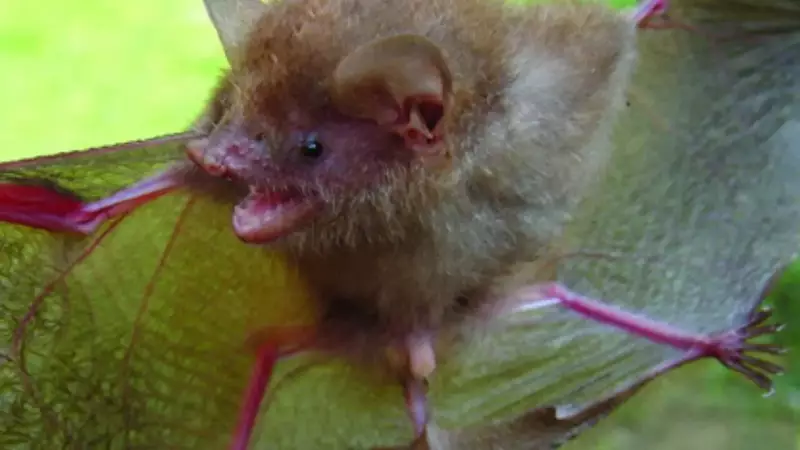
In an extraordinary breakthrough that has sent ripples through the scientific community, researchers have uncovered six brand new species of bats hiding in plain sight across the Philippine archipelago. This remarkable discovery not only expands our understanding of mammalian diversity but also solidifies the Philippines' status as one of the world's most critical biodiversity hotspots.
A Treasure Trove of Flying Mammals
The discovery was made by an international team of scientists who conducted extensive field research across various Philippine islands. What makes this finding particularly significant is that these aren't just minor variations of known species, but completely distinct bat species that have evolved separately for millions of years.
Why This Discovery Matters Globally
The Philippines has long been recognized as a biodiversity treasure chest, but this latest revelation takes it to another level. Each new species represents a unique evolutionary pathway and offers invaluable insights into how mammals adapt to specific tropical environments. More importantly, these bats play crucial roles in their ecosystems as pollinators, seed dispersers, and insect population controllers.
The Conservation Imperative
This exciting discovery comes with an urgent warning. The same forests that harbor these newly found species are under constant threat from deforestation and habitat destruction. Finding six new species simultaneously highlights how much biodiversity remains undocumented and vulnerable to human activities.
Scientists emphasize that protecting these bats means preserving the delicate ecological balance of the entire region. Each species has specific habitat requirements and feeding patterns that make them particularly sensitive to environmental changes.
What's Next for Bat Research?
The identification of these six species opens up numerous research possibilities:
- Detailed studies of their unique biological characteristics
- Analysis of their ecological roles in Philippine forests
- Genetic research to understand their evolutionary history
- Development of targeted conservation strategies
This landmark discovery serves as a powerful reminder that our planet still holds many secrets waiting to be uncovered. It also underscores the critical importance of continued wildlife research and habitat conservation in biodiversity-rich regions like the Philippines.





